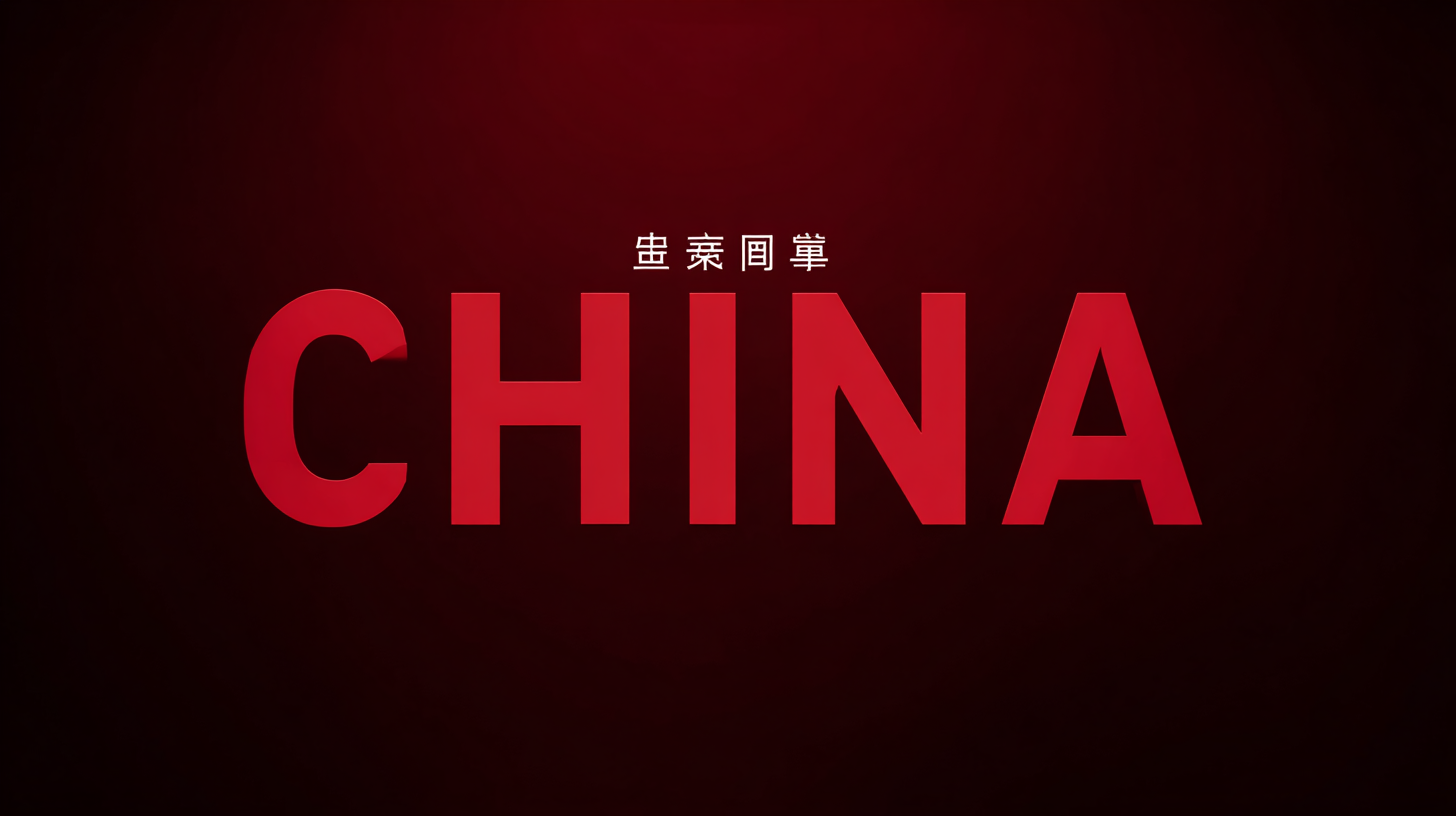
Discover Excellence in Global Sourcing with Best China Manufacturing Quality
In today's competitive landscape, global sourcing has become a critical strategy for businesses aiming to optimize costs and enhance product quality. China, renowned as the world's manufacturing powerhouse, plays a pivotal role in this domain, accounting for approximately 28% of global manufacturing output as per the United Nations Industrial Development Organization. This substantial percentage highlights China's unparalleled production capabilities and the efficiency of its top-tier factories. As companies worldwide seek reliable partnerships, the emphasis on quality has never been more pronounced. Recent reports reveal that 90% of businesses sourcing from China prioritize quality control and manufacturing standards to meet international compliance. By tapping into the strengths of China’s most advanced factories, organizations can leverage exceptional craftsmanship and robust supply chains, fostering trust and excellence in their global sourcing endeavors.

Identifying Key Traits of Quality Suppliers in China for Global Sourcing
When venturing into global sourcing, identifying quality suppliers in China becomes paramount. The first key trait to look for is a proven track record of reliability and consistency. Suppliers that offer testimonials or case studies from previous clients demonstrate their capability to deliver products on time and meet quality standards. Establishing a robust history of successful partnerships indicates that a supplier understands the importance of maintaining relationships and can adapt to the needs of their clients.

Another essential trait of quality suppliers is their commitment to quality control processes. Reputable manufacturers will have stringent quality assurance protocols in place, often adhering to international standards such as ISO certifications. They should be willing to share details about their quality management systems and inspection processes. Additionally, clear communication and transparency in operations can help ensure that any issues are promptly addressed, further solidifying their status as a reliable partner for global sourcing. Engaging with suppliers who prioritize these traits can lead to successful and sustainable business outcomes.
Essential Steps to Evaluate Chinese Manufacturers for Quality Assurance
When evaluating Chinese manufacturers for quality assurance, it is essential to adopt a structured approach to ensure that production standards are met and that the final products align with global expectations. One critical step is to thoroughly assess the manufacturer’s quality management systems. Investigate certifications like ISO 9001 and other relevant industry standards that indicate a commitment to maintaining high-quality processes.
In addition to scrutinizing management systems, it’s important to inspect the manufacturing facilities in person or via detailed virtual tours. This gives insights into the operational practices and production environment. Furthermore, leveraging technology such as blockchain can enhance transparency throughout the supply chain, mitigating risks of quality lapses. By understanding the potential barriers to adopting such technologies, companies can position themselves to build trust and improve product safety, ultimately leading to a more robust partnership with their Chinese suppliers.

Building Strong Relationships with Chinese Suppliers: Best Practices
Building strong relationships with Chinese suppliers is essential in today’s complex supply chain landscape. The recent trends highlight a shift towards transparency as a key component in managing supplier relationships effectively. Companies are increasingly recognizing that engaging suppliers as partners can significantly reduce risks and enhance operational efficiency. According to industry reports, organizations that prioritize relationship management see a 30% reduction in supply chain disruptions.
Establishing clear communication channels and setting mutual expectations can foster trust and collaboration. For instance, a survey revealed that 74% of companies found that transparent relationships lead to improved product quality and quicker turnaround times. Best practices in sourcing from China include regular check-ins and utilizing technology to monitor supplier performance in real-time, ensuring alignment on quality benchmarks and delivery schedules. This proactive approach not only safeguards the supply chain but also enhances the strategic partnership with suppliers, ultimately leading to greater business agility.
Discover Excellence in Global Sourcing with Best China Manufacturing Quality
| Dimension | Description | Best Practices |
|---|---|---|
| Quality Control | Implementing strict quality checks during production. | Regular audits and inspections; Use of quality certification standards. |
| Supplier Communication | Maintaining clear and consistent communication with suppliers. | Utilizing technology for real-time updates; Regular meetings and feedback sessions. |
| Cultural Understanding | Recognizing and respecting cultural differences. | Cultural training; Engaging local experts for better insights. |
| Logistics Management | Efficient coordination for product delivery. | Using reliable logistics partners; Implementing tracking systems. |
| Cost Management | Balancing quality and cost for sustainable sourcing. | Conducting market analysis; Negotiating terms upfront. |
Navigating Challenges in Sourcing from China: Tips for Success
Sourcing products from China can often present unique challenges, but with the right approach, businesses can navigate these obstacles effectively. One of the primary issues is communication barriers. It's essential to establish clear communication channels and leverage technology, such as video conferencing and project management tools, to enhance collaboration with manufacturers. This not only helps in clarifying expectations but also builds a stronger partnership, ensuring that both parties are aligned on quality standards and timelines.
Additionally, conducting thorough due diligence on potential suppliers is crucial. This involves not only assessing their manufacturing capabilities and quality control processes but also understanding their business practices and reputation in the market. Visits to manufacturing sites can provide invaluable insights, allowing businesses to gauge the level of quality assurance in place. Moreover, engaging local agents or consultants can help bridge cultural gaps and facilitate smoother interactions, contributing significantly to a more successful sourcing experience.
Finally, embracing flexibility in sourcing strategies can enhance resilience against unforeseen disruptions. By diversifying suppliers and maintaining an adaptive supply chain, companies can mitigate risks associated with fluctuations in demand or geopolitical factors. Coupling this with an emphasis on quality control throughout the production process ensures that businesses receive the excellence they seek when sourcing from China.
Discover Excellence in Global Sourcing
This chart illustrates the key challenges and success factors in sourcing from China, measured by percentage of respondents in a recent survey.
Leveraging Technology to Enhance Quality Control in Chinese Manufacturing
In the realm of global sourcing, leveraging technology has become a pivotal strategy for enhancing quality control in Chinese manufacturing. As per the latest report by McKinsey, adopting advanced technologies such as AI and IoT in manufacturing can lead to a 20-30% increase in production efficiency and a significant reduction in defective products. This technological evolution enables manufacturers to monitor production processes in real-time, ensuring that quality standards are consistently met.
To improve quality control, companies should consider integrating digital platforms that provide comprehensive analytics on production metrics. This data-driven approach not only aids in identifying potential issues early on but also fosters a culture of continuous improvement within manufacturing processes.
Tips:
1. Invest in smart manufacturing technologies that enable real-time data tracking and predictive analysis.
2. Collaborate closely with local manufacturers to ensure they are equipped with the latest technology and quality standards.
3. Regularly review and update your quality control processes based on the evolving technology landscape and market demands.
